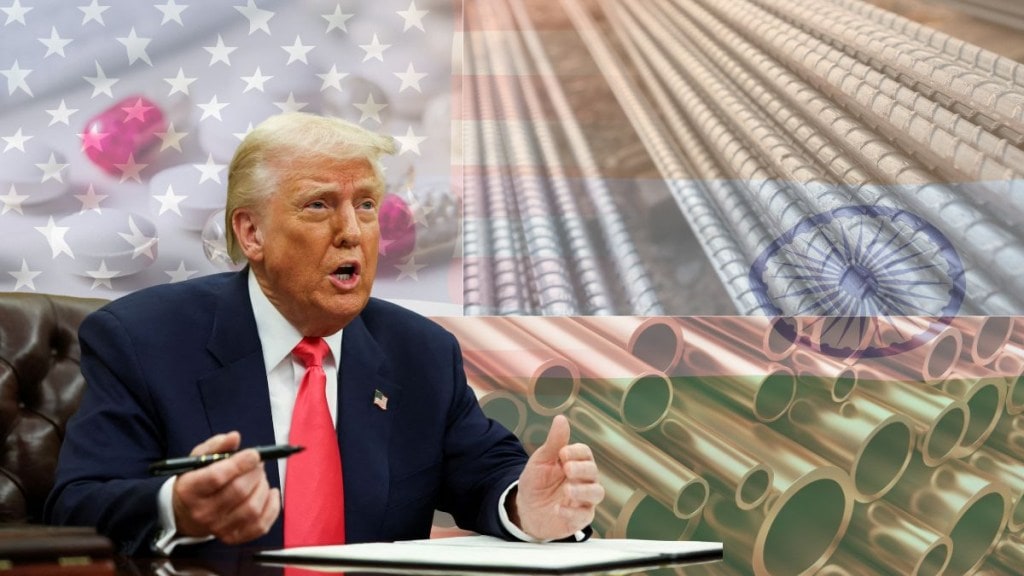The White House has confirmed that all tariff exemptions announced on April 2, 2025, will remain in effect under Executive Order 14257. According to the official notification released by the White House, key sectors including copper, pharmaceuticals, steel, automotive components, and specialty metals will continue to enjoy exemption from the new retaliatory tariff regime.
Earlier on Thursday, a 25 per cent “Reciprocal Tariff, Adjusted” was imposed on India. While August 1 was the tariff deadline, the new levies will come into effect from August 7.
Here is a look at the situation before
In April, the US had proposed reciprocal tariffs of up to 25 per cent on imports from trading partner countries that maintained barriers or levy high tariffs on American goods. The move was widely seen as a response to policies adopted by countries like China and India.
However, several critical sectors were granted exemptions due to their strategic value to US supply chains, dependency on foreign raw materials, or impact on domestic inflation and manufacturing.
What is Executive Order 14257?
Issued on April 2, 2025 by US President Donald Trump, Executive Order 14257 imposed a global 10 per cent tariff on nearly all imports to the United States. This was done by invoking national emergency powers to address persistent US trade deficits. Citing the International Emergency Economic Powers Act, Trump had declared a national emergency over trade imbalances and ordered these tariffs to counteract that threat.
The August 1 executive order does not introduce new tariffs, but rather extends the validity of exemptions announced on April 2.
Here is a detailed overview of the tariffs and exemptions for these key sectors:
Copper: Copper was broadly exempted from the April 2 tariff measures. However, starting August 1, 2025, the US imposed a 50 per cent tariff on semi-finished copper products and their derivatives. This tariff is layered on top of any existing tariffs but excludes certain copper forms under the exemptions. The exemption essentially spared raw copper and ores but targeted processed forms to boost domestic production.
Steel and Aluminum: Steel and aluminum continue to face tariffs imposed under previous Section 232 actions. The steel and aluminum tariffs remain at 25 per cent or 50 per cent depending on origin and product.
Automobiles and Auto Parts: Under Executive Order 14257, cars and auto parts are exempt from the new reciprocal tariffs. They remain subject only to previous Section 232 tariffs often set at 25 per cent, and are not double-taxed with other tariffs on steel/aluminum or metal derivatives.
Metals (General): Certain critical metals and minerals have selective exemptions. Refined metals central to trading are mostly exempted, while derivatives and processed forms may be subject to tariffs following the specific executive orders.

